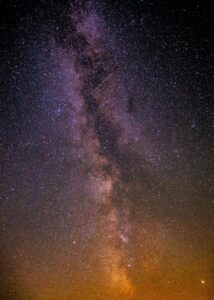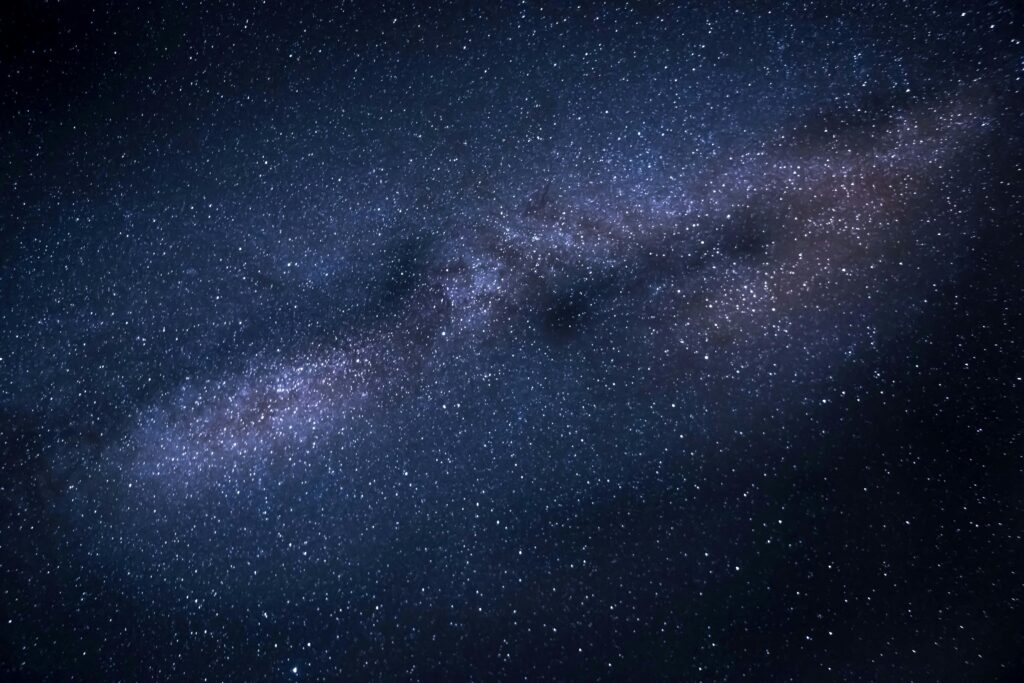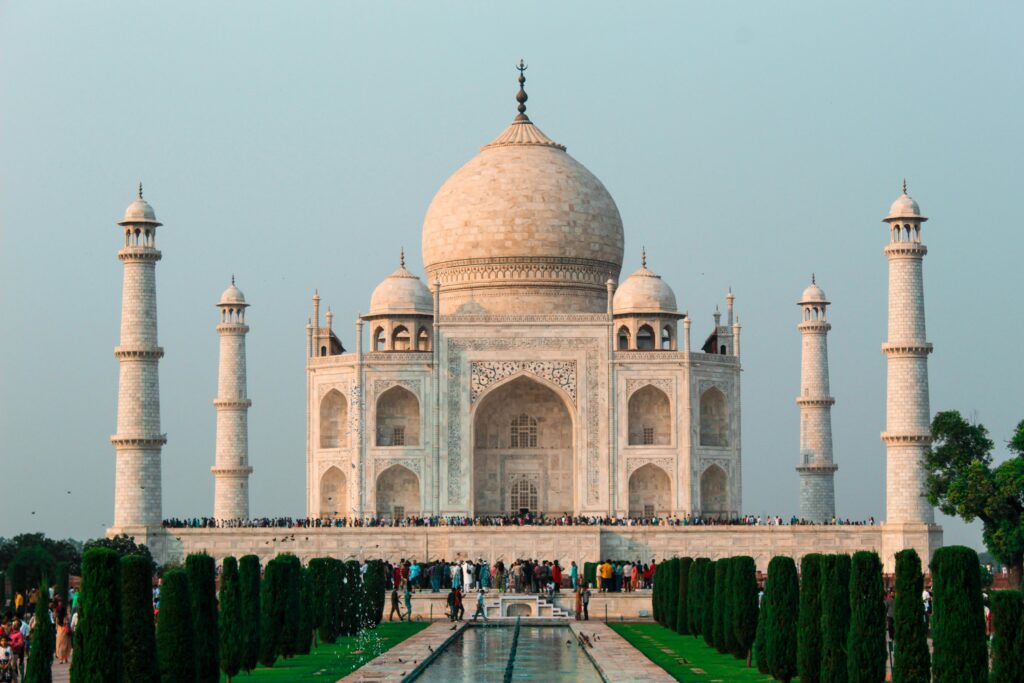The Milky Way is the galaxy in which we live, a very massive and breathtaking structure that consists of billions of stars, planets, and cosmic wonders. It is a barred spiral galaxy, which means it contains a central bar-shaped region of stars surrounded by spiral arms. This is one of the breathtaking celestial entities in a much larger cosmic family, which is referred to as the Local Group, containing more than 50 galaxies like the Andromeda Galaxy and the Triangulum Galaxy.
Structure and Size
The Milky Way galaxy is roughly 100,000 light-years in diameter and around 1,000 light-years in thickness. It has a dense central region of stars and gas, along with a supermassive black hole called Sagittarius A* at the very heart. This black hole has about 4 million times the mass of our Sun and plays a big role in the dynamical dynamics of the galaxy. The spiral arms of the galaxy, like the Perseus Arm and the Orion Arm where our Solar System resides, contain young, bright stars, while the dense bulge at the center contains older stars. Surrounding the galaxy is the enormous halo of the Milky Way, consisting of ancient stars, globular clusters, and mysterious dark matter that comprises most of the galaxy’s mass but has not been detected directly.

The Stars and Solar Systems
The Milky Way is essentially a star-making machine, with about seven stars per year. There are an estimated 100 to 400 billion stars in it, and the Sun is just one among those, many of which have planets orbiting them as well, so it’s quite probable that there have to be other Earth-like planets capable of holding life. Our solar system is situated about 27,000 light-years from the galactic center in the Orion Arm. We travel at approximately 828,000 kilometers per hour around the galaxy center, completing one full circle over a period of around 225-250 million years, which is known as a galactic year.

Cosmic Neighborhood and Future
The Milky Way is not in a vacuum; it interacts with the neighboring galaxies, such as the Magellanic Clouds, the two small dwarf galaxies that orbit it. Most of these interactions end up in gravitational exchanges that add mass to the Milky Way and the stars. Among its greatest future events, such drama appears on Earth; at approximately 4.5 billion years, the galaxy of Milky Way will collide head-on with the Andromeda Galaxy, creating a whole new elliptical galaxy, this collision making for a new chapter in the history of Milky Way.
Of note: Scientists estimate the Milky Way to be around 13.6 billion years old, almost as old as the universe is.
It contains dark matter more than its visible matter; it is a mystery even scientists cannot solve.
The light of a band of light running across the night sky is sometimes referred to as the “Milky Way”; this light comes from millions of too-faint-to-see stars. The Milky Way is not just a galaxy but a window to the vastness and complexity of the universe. Every star, every planet, and even specks of dust within it contain some part of the great tale of our cosmic origin. And as technology advances, we continue to unlock secrets from our galactic home and will, over time, bring us closer to our understanding of our place in the universe.



